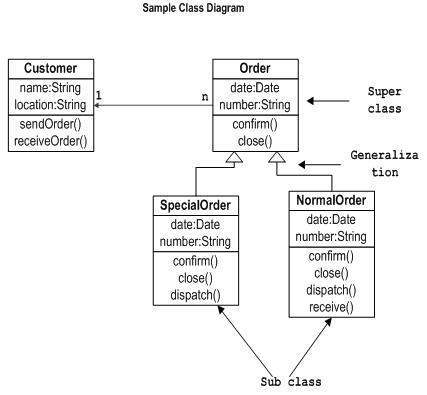--Originally published at Hackerman's house
This chapter is really interesting, as it talks about how your project will not be in the perfect situation when you release it in the real world, so you have to take into consideration all the bad things that could happen and the external factors and situations that may arise in the environment where your software is. In the case that your system only works on the perfect scenario you will have a lot of problems with your customer, because the external factors may cause the software to become useless.
This chapter talks about two more things, first, in relation with the use cases we have been working on for a couple of chapters, it talks about how important is to detect the nouns and verbs in this use cases, this can be useful to determine which classes we are going to need to develop our system, it is important to notice that not all the nouns are going to become classes as some of these are external agents and the software doesn’t have the need to include them. The verbs help us define the methods that we’ll use.

Example of class diagram by TutorialsPoint
At last, this chapter introduces UML diagrams, to visually represent the system and how their parts relate to each other. This can be used after the analysis and can help us to have a nice transition between this stage and the development or code stage. This UML is used when you already have the vision of how the software should work.
Now I want to talk a little bit about the project, we have finally decided what we are going to do, the Robodoggo is a robot that will help the people take care of their dogs. I really like my team, I’ve known Max

